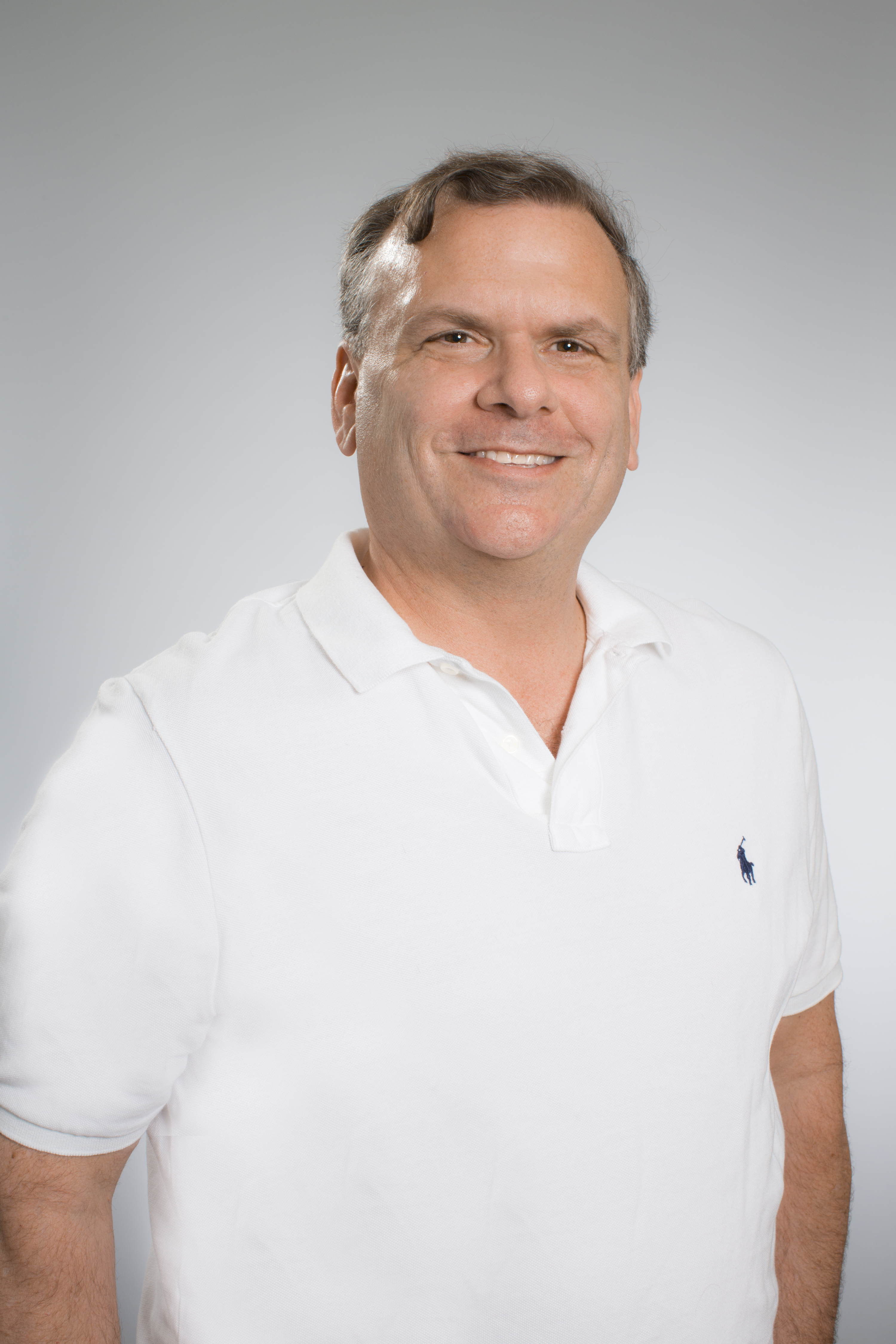Eric Schadt is Mount Sinai Professor in Predictive Health and Computational Biology at the Icahn School of Medicine in New York City. He is also founder and chief executive officer of the predictive health company Sema4.

Eric Schadt
Professor
Icahn School of Medicine at Mount Sinai
From this contributor
Counseling can ease shock of unexpected genetic results
The best way to deliver surprises from genetic findings is to provide adequate information and counseling alongside the results.

Counseling can ease shock of unexpected genetic results
Explore more from The Transmitter
Some facial expressions are less reflexive than previously thought
A countenance such as a grimace activates many of the same cortical pathways as voluntary facial movements.

Some facial expressions are less reflexive than previously thought
A countenance such as a grimace activates many of the same cortical pathways as voluntary facial movements.
Cracking the neural code for emotional states
Rather than act as a simple switchboard for innate behaviors, the hypothalamus encodes an animal's internal state, which influences behavior.

Cracking the neural code for emotional states
Rather than act as a simple switchboard for innate behaviors, the hypothalamus encodes an animal's internal state, which influences behavior.
Alex Maier argues that a scientific explanation of consciousness requires grounding in formalized mathematics
When it comes to discovering laws of nature for consciousness similar to those in physics, Maier argues that integrated information theory is the only game in town.
Alex Maier argues that a scientific explanation of consciousness requires grounding in formalized mathematics
When it comes to discovering laws of nature for consciousness similar to those in physics, Maier argues that integrated information theory is the only game in town.